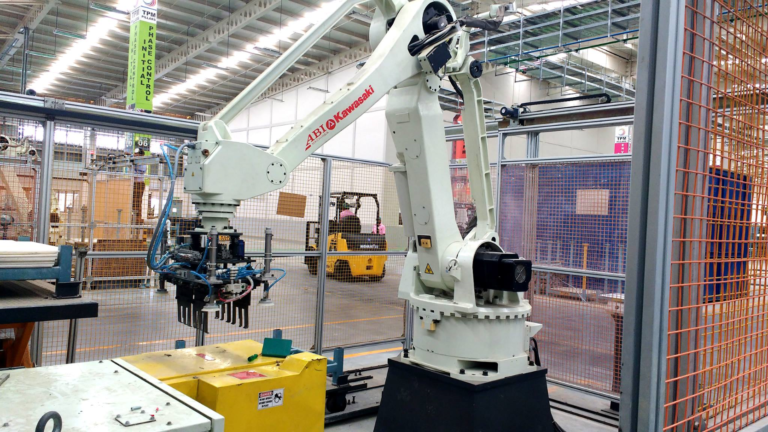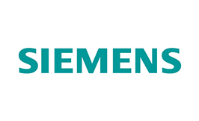1)They are capable of working with a wide range of items.
Different firms bag their final product in various ways. Palletizing robots with appropriate end-of-arm tooling can effortlessly handle any packing material used in the production. With the right end of arm tooling, the robot can effortlessly grip different packing materials and carry them from one location to another with ease and safety.
2) No Damages
Robots are more precise than humans in repetitive jobs such as palletizing. Every time, they move exactly how they were programmed to. They are not affected by excessive noise in the workplace, they do not hustle, and they do not swap one SKU for another.
This signifies that the product will not be dropped. It is not piled on the incorrect pallet, in the incorrect position, or beneath anything too heavy.
End-of-arm tools (EOATs) allow robots to handle bags, pails, cardboard boxes, hefty totes, and just about anything else using adaptive grasping technology. The Direct result of this is less Damage to the products and therefore reduction in cost and inventory for the factory.
3) Simple to program
Collaborative palletizing robots of today are simple to operate and program. Palletizing necessitates that factories determine the number of boxes or cartons to be placed on a pallet. This, together with the pallet pattern, may be supplied to the robot. The instructions will subsequently be carried out automatically by the robot.
Working alongside another robot or a human industrial worker, the robot will then switch to another pallet once the one it is currently working on is full, following a predetermined pattern.
4) Production on time
Robots’ output is more predictable since they are both faster and more dependable than humans. And, in a culture that is increasingly embracing just-in-time manufacturing and lean operational concepts, predictability is critical.
A robot can run 20 cycles per minute and it may do so for 24 hours without stopping, unlike its human counterparts. This means you can estimate how long it will take to build adequate layers to fill one pallet or a trailer load of pallets. This again saves time and cost for the factory floor.
5) Enhances the quality of completed goods on pallets
The robotic palletizer achieves a high-quality finish for each product through repetition and accuracy. The jobs performed by robots reduce the challenges related to weariness, distractions, and duplication, which frequently contribute to completed product quality issues.
6) Lowers operational expenses
7) Scalability
8) Scale Reduction
Robotic palletizers use significantly less area than traditional conveyor-based systems. This enables them to be employed in small-scale plants when palletizing space is limited. Retrofitting an automated palletizing factory with robotic palletizers may potentially make space available for other operations.
9) Heightened Security
10) Gripping Adaptive
End-of-arm tools (EOATs) allow robots to handle bags, pails, cardboard boxes, hefty totes, and just about anything else. They can develop adaptive grasping technologies, which combine clamps and vacuums, to provide enough pressure to remove an object without breaking its case, shredding its bag, or bending its box.
We hope this blog has provided you with some insight into the factors you should examine and will make you consider integrating robotic palletizing into your manufacturing operations.
At AMC Automation our mission is to understand your goals so that we can apply our more than 75 years of experience in the material handling industry to find the best solution to meet your needs. We innovate, design, & build automation systems. We have supplied many 1st time solutions to the industry successfully. Among our solutions are the following:
- Grinding of Facetware
- Glazing of Sanitaryware
- Lead Plate Palletizing
- Waterjet Cutting Systems…and so on
However, if you want any more assistance or want to learn more about the perks of industrial robots and how they may be effectively used in your project, please do not hesitate to contact our team of automation specialists, who are always delighted to assist. You can visit us at https://amcautomation.in/









